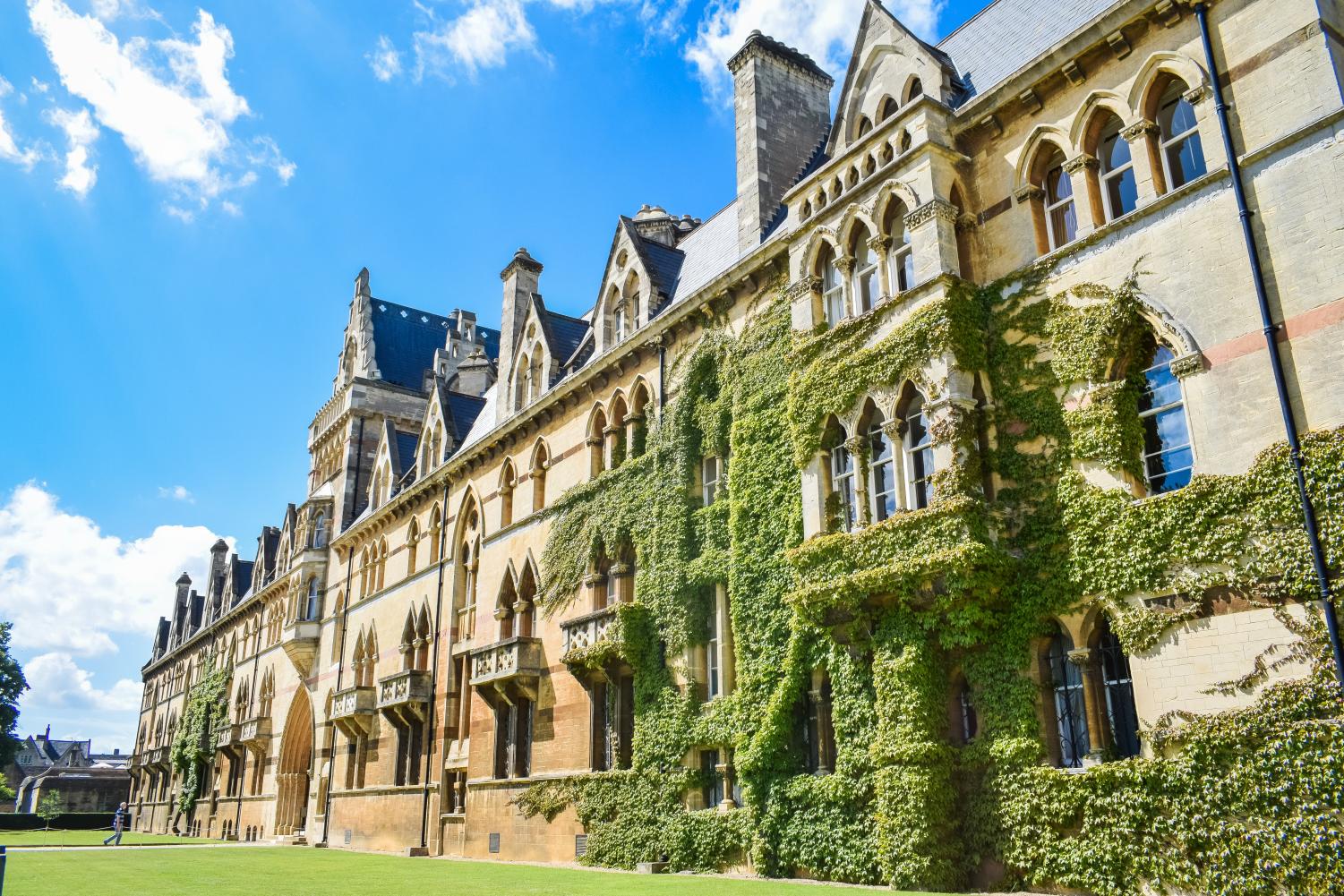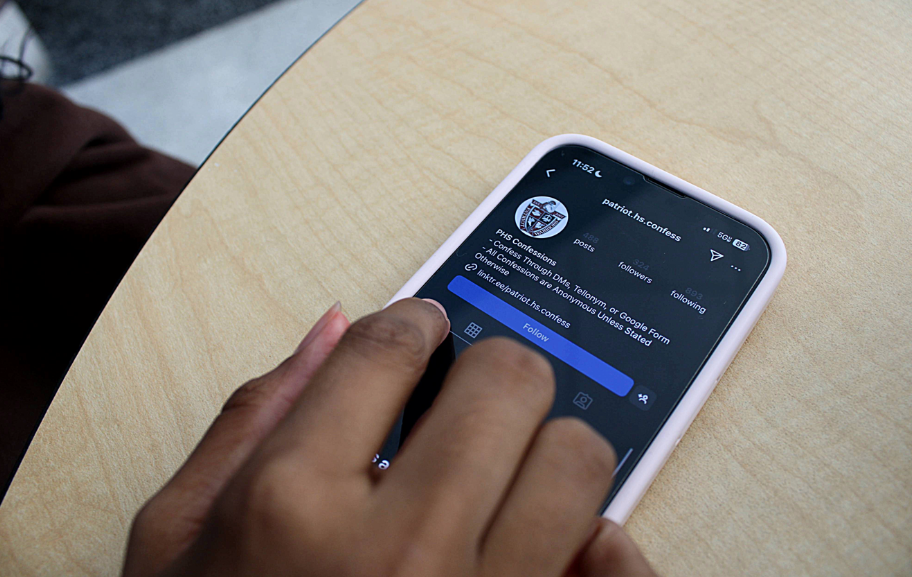Universities in the United States have had a long, ugly history with discrimination. Before the abolition of slavery, many Universities used enslaved African Americans to construct and maintain their campuses. Following the abolition of slavery, legal segregation and quota systems barred racial minorities from attending the same universities their ancestors had built. Northern states used quota systems, a method for setting limits based on demographics, to restrict the number of African American students that attended universities. In southern states, African American, Latino, and Native American students were explicitly excluded from public universities.
The desegregation of colleges was prompted following the Civil Rights Act of 1964, and the Higher Education Act of 1965. During the decades that followed, many universities began adopting race-conscious admissions policies to build diverse classes and reduce discrimination in their admissions processes. Since then, diversity on college campuses has significantly increased in the United States.
This process of considering race in admissions is referred to as “affirmative action.” Despite its goal to reduce discrimination, this practice is commonly labeled as racist, discriminatory, and unfair.
Opponents of affirmative action are often Asian and white students who believe that they are being unfairly excluded from attending college. Specifically, many opposers claim that affirmative action unfairly takes away seats from Asian and white students, making it harder for these applicants to get accepted into universities. In 2014, Harvard University was sued by Students for Fair Admissions (SFFA) under the premise that their race-conscious admissions process was negatively impacting Asian Americans.
U.S. District Judge Allison Dale Burroughs ruled that Harvard ’s admissions policies were not unfairly discriminating against Asian Americans, stating that “there is no evidence of any racial animus whatsoever or any intentional discrimination on the part of Harvard beyond its use of a race conscious admissions policy, nor is there evidence that any particular admissions decision was negative affected by Asian American identity.”
Furthermore, Burroughs defended the process of affirmative action by stating, “Harvard has demonstrated that no workable and available race-neutral alternatives would allow it to achieve a diverse student body while still maintaining its standards for academic excellence.”
Beyond Harvard, there is little evidence to suggest that affirmative action prevents Asian students from attending any universities. According to Asian Americans Advancing Justice (AAJC), “Asian American applicants make up the same proportion of the applicant pool and the admit pool.” , AAJC identifies that removing African American and Latino applicants from the admissions pool would only result in a 1% growth in admission possibility for white and Asian applicants. Put simply, other racial minorities are not taking opportunities away from Asian applicants.
Affirmative action allows universities to foster diverse student bodies. Furthermore, the broader practice of considering race in admissions processes allows universities to demolish racial barriers that have denied minority groups quality education for hundreds of years.








